In today’s industrial and manufacturing landscape, operational productivity is closely tied to efficient material handling. One tool that has proven invaluable in streamlining lifting operations is the jib crane. But the real secret to unlocking its full potential lies in its components — each designed to improve load control, maximize space, and reduce downtime.
Whether you’re outfitting a small workshop, a stone fabrication shop, or a full-scale assembly line, understanding jib crane components is key to optimizing both workflow and workforce safety.
Table of Contents
ToggleWhat Are Jib Crane Components?
A jib crane may look simple from the outside, but it is a carefully engineered system. Each component plays a critical role in how the crane functions — from lifting and rotating to stabilizing loads and reducing labor input.
Core jib crane components include:
- Jib arm (boom)
- Mast or column
- Hoist and trolley system
- Slewing mechanism (manual or motorized)
- Base plate or wall-mount brackets
- Electrical controls and safety limiters
When assembled correctly and maintained regularly, these components collectively enhance performance, safety, and cost-effectiveness.
👉 Learn more about their functions: How Do Jib Crane Components Improve Load Handling?
1. Speed and Precision in Load Handling
One of the most immediate ways jib crane components boost productivity is by accelerating material handling tasks.
High-Precision Hoists and Trolleys
Modern jib cranes are equipped with electric or manual hoists that move seamlessly along the jib arm. For precision tasks — such as positioning granite slabs or machine parts — smooth trolley motion ensures loads arrive exactly where needed without disruption or delay.
- Electric hoists speed up lifting and lowering
- Low-headroom hoists optimize lifting in compact spaces
- Controlled descent prevents damage to delicate items
This is especially useful for facilities like those run by a stone fabricator, where fragile and heavy materials must be handled with accuracy.
2. Maximizing Space with Minimal Footprint
Floor space in modern industrial environments is a premium. One of the greatest strengths of well-selected jib crane components is their compact configuration.
Wall-Mounted or Articulated Booms
When floor space is limited, wall-mounted cranes or Articulated Jib Crane – Wall Mounted units allow for 180°–360° rotation without a central column.
- Wall-mount brackets eliminate the need for standalone masts
- Articulated arms navigate tight corners and irregular layouts
- Ideal for assembly lines and fabrication workshops
For space-limited environments, choosing the right structure is vital.
👉 See: What Types of Jib Crane Components Fit Small Spaces?
3. Reduced Manual Labor and Operator Fatigue
Manual lifting is time-consuming and poses a high risk of musculoskeletal injuries. With the help of ergonomic jib crane components, facilities can significantly reduce physical labor.
Ergonomic Control Systems
- Push-button or pendant controls simplify load movements
- Rotating arms and slewing bearings allow easy load repositioning
- Balanced jib arms minimize effort in manual systems
These features enable operators to move heavier loads with less physical strain, thereby reducing errors and boosting team efficiency across shifts.
4. Versatility Across Applications
One of the top advantages of modular jib crane components is their adaptability to different industries and load types.
Examples of Flexible Configurations
- Granite slab lifting in countertop fabrication
- Component placement in electronics assembly lines
- Pallet handling in small-scale logistics
- Tool positioning in repair bays and garages
Whether combined with a material handling trolley or integrated into an automated system, jib crane setups are remarkably scalable.
5. Enhanced Workflow Efficiency
Integrating the right jib crane system means eliminating bottlenecks and optimizing processes.
Key Features That Drive Efficiency
- 360° slewing motion supports seamless transitions between work zones
- Custom boom lengths match the geometry of your floor plan
- Precision trolleys minimize handling errors and cycle time
With components tailored to your operations, you can reduce downtime between loading stages and keep operations moving swiftly and safely.
6. Lower Operating Costs
Although the initial investment in crane systems can seem high, the cost savings over time are significant.
How Components Reduce Costs:
- Automation means fewer personnel are needed for lifting tasks
- Longer lifespan through robust materials and low-maintenance parts
- Improved safety reduces lost-time injuries and compensation claims
- Fewer errors and material damage
Maintaining high-performance parts ensures uptime and reduces repair expenses.
👉 Learn more: Which Jib Crane Components Need Regular Maintenance?
7. Safety Benefits That Boost Long-Term Productivity
Worker safety is directly linked to productivity. Unsafe handling practices lead to injuries, machine downtime, and costly investigations.
Built-In Safety Features
- Overload protection
- Emergency stop controls
- Load limit switches
- Anti-collision design for rotation
- Corrosion-resistant finishes
By using components built to meet OSHA, EN, and ISO standards, employers ensure long-term productivity without sacrificing safety.
8. Optimizing Jib Crane Systems for Your Facility
When selecting or upgrading a jib crane, choosing the right components is key. Here are a few tips to enhance performance:
| Component | Best for |
|---|---|
| Articulated Jib Arms | Multi-directional lifting in tight areas |
| Chain Hoists with VFD | Smooth speed control for precision tasks |
| Motorized Trolleys | Heavy-duty load transport |
| Stainless Steel Hardware | Corrosion resistance in damp environments |
| Adjustable Mounts | Reconfigurable for future workflow changes |
Conclusion: Components Matter More Than You Think
While it’s easy to focus on the crane as a whole, it’s really the jib crane components that determine how much value it brings to your operations. From lifting precision and speed to space optimization and safety, each part plays a role in productivity.
If you want to maximize ROI, minimize labor costs, and improve safety across your facility, it’s time to evaluate your crane systems — and upgrade the components that matter most.
For reliable, high-performance solutions tailored to your unique needs, explore:
👉 More Crane Products

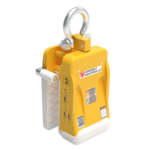
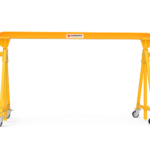
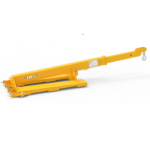
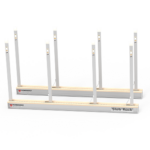
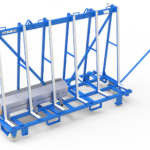
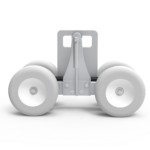
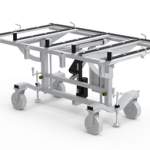
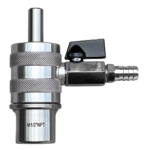
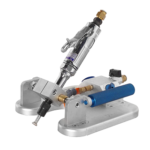
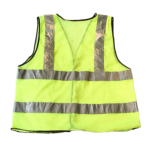
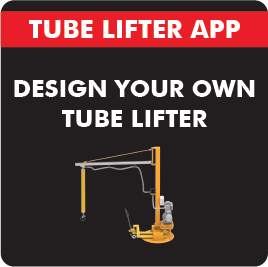
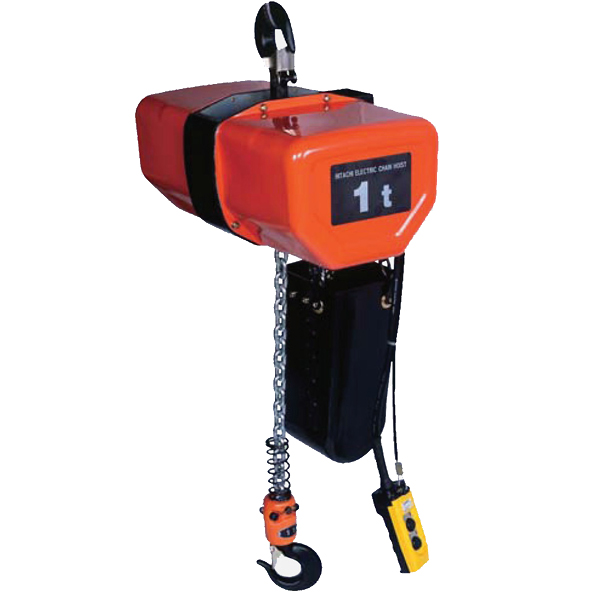
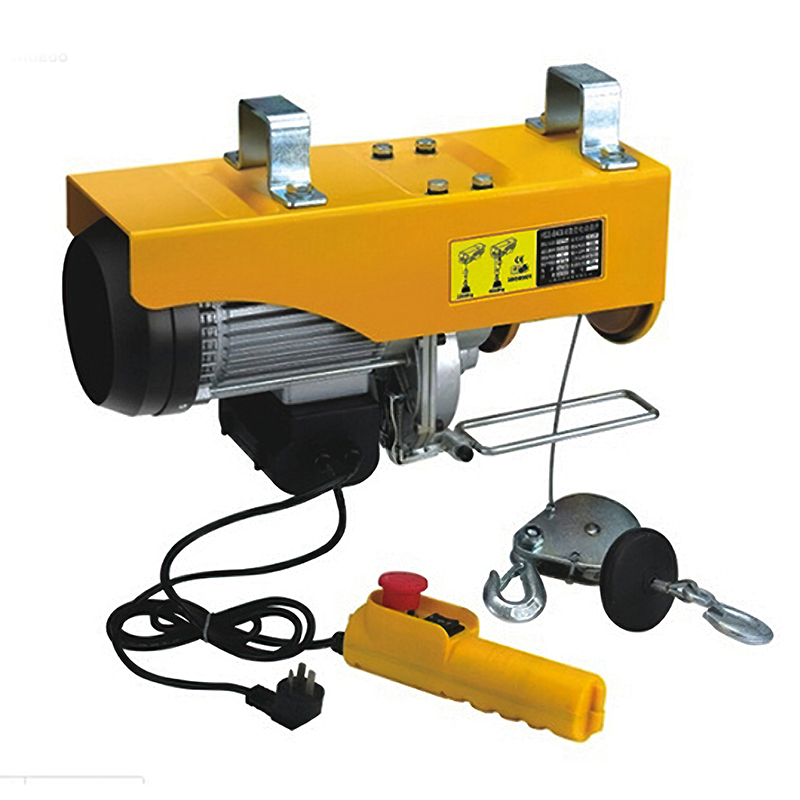

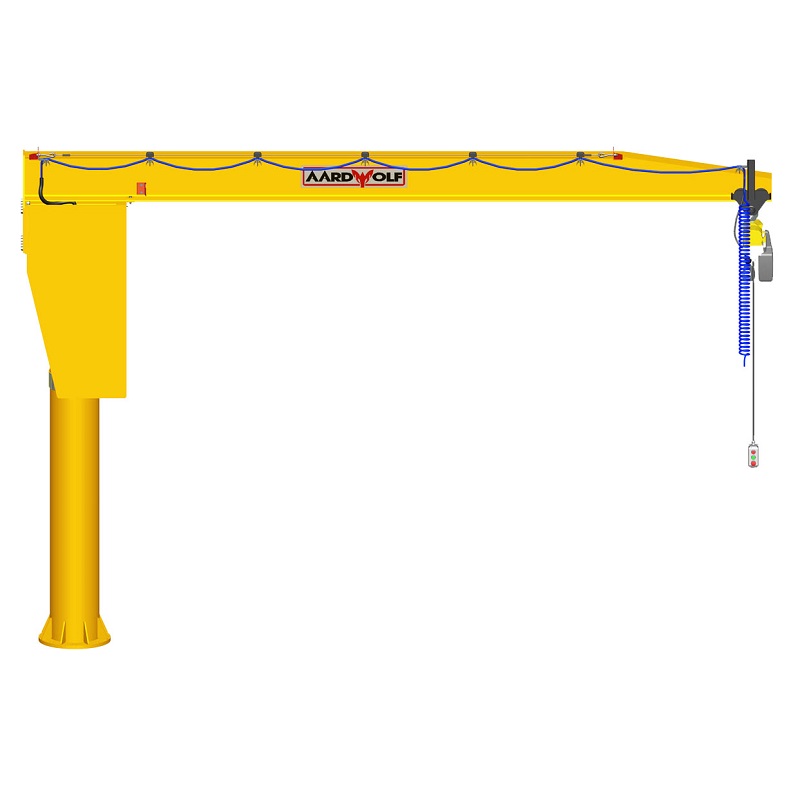

Please log in to leave a comment.